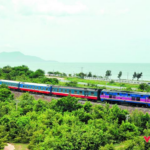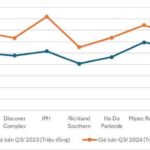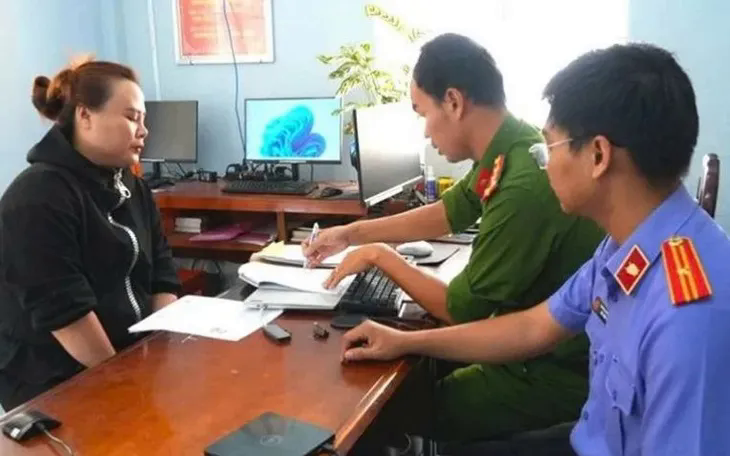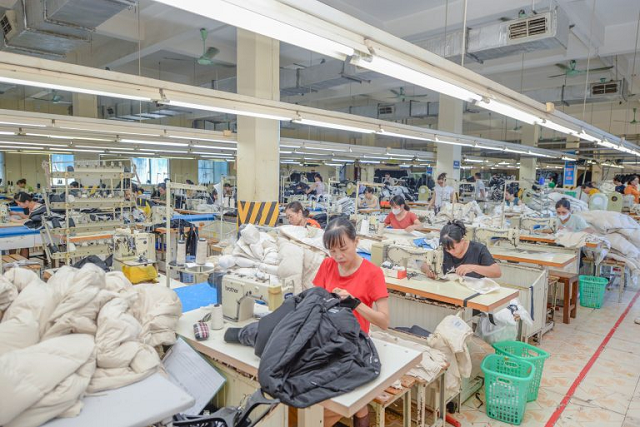The Draft Law on Railways (amended) was submitted by the Government to the National Assembly to perfect the legal framework to promote the development of railway infrastructure in the spirit of Resolution No. 13-NQ/TW of the Party Central Committee on “Continuing to renew and develop synchronous and modern transport infrastructure development; developing the railway industry is a strategic breakthrough.”
This draft has been supplemented and edited to legalize 22 specific mechanisms and policies, especially in the draft Resolution submitted to the competent authorities in the Chapter on regulations on railway construction investment and Article 5 of the draft Law; four of which were already included in the Law draft presented to the National Assembly in Report No. 179/TTr-CP. The new draft Law consists of four chapters and 84 articles.
NEED FOR COMPREHENSIVE IMPROVEMENTS IN IMPLEMENTATION MECHANISMS
At the workshop on “Contributions to the Draft Law on Railways (amended)” held by the Vietnam Chamber of Commerce and Industry (VCCI) in collaboration with the National Assembly’s Committee on Science, Technology, and Environment, Lawyer Le Net from LNT & Partners Law Firm, assessed that these amendments are a significant step towards a sustainable, modern, and synchronized transport system.
The most notable change from the current law is the legalization of the TOD development model (Transit-Oriented Development), integrating urban planning with railway development.
The amended Law also supplements the PPP investment mechanism, providing more detailed regulations on public-private partnerships, land allocation, bidding, and risk-sharing. It enhances decentralization by granting local authorities more power in approving, investing in, and maintaining urban railways.
Additionally, there is a focus on promoting science and technology, technology transfer, and domestic production of vehicles and components. A clear separation between management and operation is emphasized, adhering to the industry organization model of separating ownership and operation.
However, Lawyer Net frankly stated that there are still many aspects that need improvement regarding implementation mechanisms, interoperability with other laws (Public Investment Law, Land Law, Planning Law, State Budget Law), and ensuring synchronization in the system’s operation.
The amended Law lacks a coordinating agency for the entire industry. PPP and TOD are not fully integrated with the Public Investment Law, Budget Law, and Land Law. There are no specific financial regulations regarding the industry’s science and technology fund or mandatory FDI technology transfer.
The classification of railways is still based on an administrative model (national vs. local), making it challenging to mobilize private investment.
According to Lawyer Le Net, many provisions in the draft lack technical guidelines, financial conditions, investment criteria, and phased implementation plans, which could make them challenging to apply in local contexts and within limited budget constraints.
Vietnam still lacks a financial guarantee mechanism, and long-term projects carry high risks. Therefore, it is necessary to link PPPs with policy bank guarantee mechanisms and develop standard contracts. The following provision should be added to the amended Law: “PPP railway projects shall apply standard contract templates, and investors shall be entitled to minimum revenue guarantees and preferential credit from the state bank.”
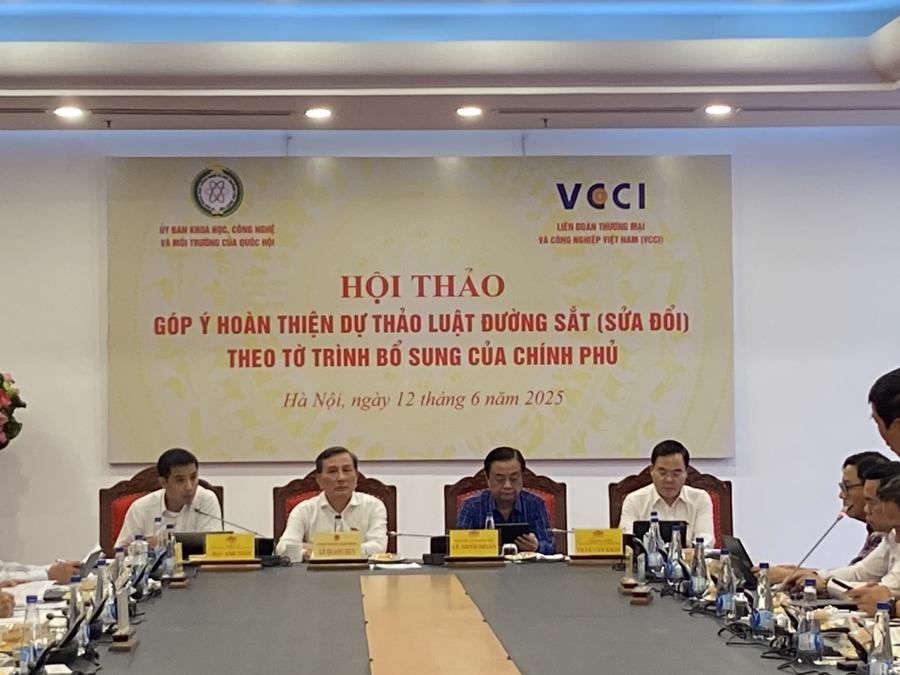
We also lack inter-legal regulations, especially mechanisms for land allocation and profit-sharing, so TOD can be integrated into provincial planning, allowing land auctions around stations. This can be achieved by adding the following: “People’s Committees at the provincial level are authorized to organize auctions for land use rights within a 500-meter radius around stations to implement the TOD model, ensuring integrated urban planning.”
Additionally, a specialized railway research fund should be established, mandating technology transfer in PPPs. The following provision should be added: “Establish a fund for the development of science and technology in the railway sector; FDI enterprises must transfer technology and commit to a minimum of 30% localization after five years.”
“Applying and learning from international experiences (especially from China) suggests that developing railway transportation laws should be synchronized with legal frameworks on planning, urban development, finance, investment, and innovation. This will attract private capital and improve operational efficiency. We boldly propose that the National Assembly hire foreign experts (from China) and learn from China’s experience in amending the Railway Law accordingly,” Lawyer Net boldly proposed.
“CONSORTIUM OF CONTRACTORS” INCLUDED IN THE PROVISIONS FOR IMPLEMENTING RAILWAY PROJECTS
Also providing feedback on the draft, Mr. Nguyen Quoc Hiep, Chairman of the Vietnam Contractors Association, stated that the draft encourages investment in financial capacity from outside the state, “investors to be appointed must demonstrate their ability to arrange owner’s equity and mobilize loans.” According to Mr. Hiep, this regulation is unclear, and it is unknown how much is required.
Mr. Hiep cited the Investment Law, which clearly states that a real estate investment project must have 20% of the total investment value and must prove that they have that amount and borrow an additional 80%. This demonstrates sufficient financial capacity.
Additionally, the draft needs to clarify the “appointment of project investors,” as local agencies often find it confusing when applying the Law.
Moreover, the draft states that “project division into sub-projects does not require a decision under the Construction Law.” According to Mr. Hiep, this regulation only applies to national key railway projects, and different regulations should be considered for smaller local railway projects.
On another note, Mr. Hiep assessed that the draft Law is undergoing a revolutionary change, shifting from the Construction Law and domestic bidding to selecting contractors and using FIDIC contracts (international standard) that allow foreign consultants to make decisions on behalf of the investor.
However, Mr. Hiep expressed concern that while FIDIC is an international standard, our projects may not yet meet international requirements. If we boldly make this change, it will transform the entire construction management system. Previously, the investor had the final decision-making power, but according to the draft, foreign consultants can make decisions, and we must follow them. But Mr. Hiep suggested that this should be limited to key national projects where foreign consultants are necessary due to our lack of technology and management processes.
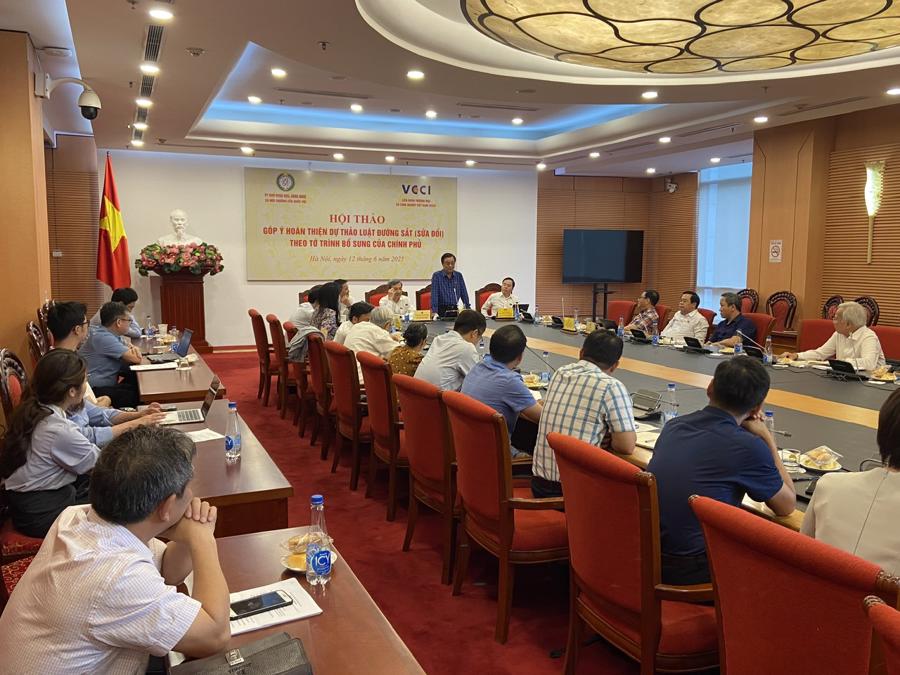
Regarding the selection of contractors, Mr. Hiep pointed out that Vietnamese contractors currently have limited financial capacity and management experience. Therefore, the Association is planning to build a model of a consortium of contractors. By combining 5-6 contractors, their financial strength will increase, enabling them to undertake larger contracts. “It is recommended that the amended Railway Law include the concept of a ‘consortium of contractors’ to utilize the full capacity of Vietnamese contractors,” Mr. Hiep proposed.
Another proposal is regarding the provision that “the Government decides on the list of goods and services provided by Vietnamese organizations.” Mr. Hiep suggested that in addition to this regulation, clear standards should be established to distinguish between good and bad quality products. At the same time, strive to use 70% of domestic goods and services in railway projects if they meet technical requirements. For example, Hoa Phat has just invested in a VND 14,000 billion factory to produce rails, and if they are not allowed to sell them in Vietnam, who will buy them?
Revolutionizing Legal Frameworks: Forging Ahead with National Railway Systems
The proposed amendments to the Railway Law signify a pivotal moment for Vietnam’s railway industry. This draft law represents a bold initiative to establish a transformative legal framework, paving the way for the industry’s dynamic evolution and setting a precedent for transportation sector reform in the country.
Riding the Metro Wave: Unlocking West West Lake’s Real Estate Renaissance
West West Lake, dubbed as the most livable area in the capital, offers not just modern urban planning and an ideal living environment, but also the unique benefit of a TOD model. This model promises attractive investment opportunities and a perfectly connected life for its residents, setting West West Lake apart as a premier destination for those seeking a harmonious blend of convenience and comfort.
High-Speed North-South Rail: Aiming for $22 Billion Revenue from Land and Advertising
According to experts, the key to enhancing land value along the North-South high-speed railway lies in embracing the Transit-Oriented Development (TOD) model. This approach focuses on creating urban areas that prioritize public transportation, with the potential to generate an estimated $22 billion in revenue from land development and commercial exploitation along the high-speed rail corridor.
High-Speed North-South Rail: Aiming for $22 Billion in Revenue from Land and Advertising
“The proposed high-speed rail link between the North and the South has the potential to revolutionize land value and development. Experts believe that the key to unlocking this potential lies in adopting a transit-oriented development (TOD) approach. By focusing on TOD, the expected revenue from land exploitation in these areas, as well as commercial exploitation of the high-speed rail link, could reach a staggering 22 billion USD.”


